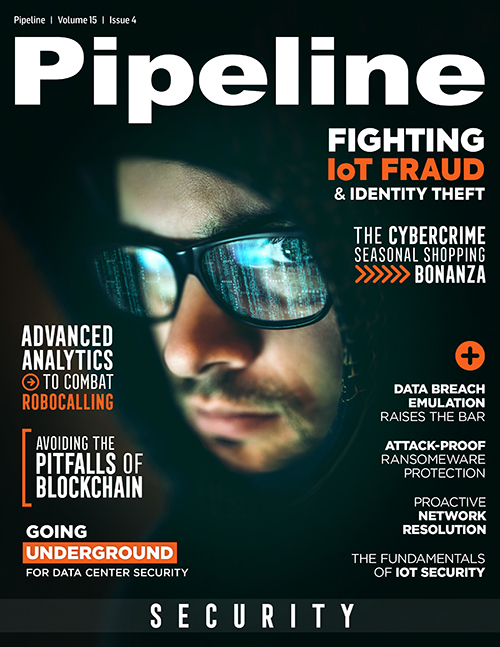How Operators can Avoid Blockchain's Pitfalls
By: Jitendra Thethi

The telecoms industry—perhaps more than any other—is in the midst of a seismic disruption, the likes of which have never been seen before. The rise in OTT service providers has eroded operators’ traditional voice and messaging revenues, while an increasingly virtualized ecosystem and the imminent arrival of 5G and the IoT all present operators with as many potential challenges as lucrative opportunities.
Under these circumstances, it’s perhaps unsurprising that a small but growing number of operators are turning to blockchain as a means of digitizing their business processes. According to a recent survey of C-suite telecom executives carried out by IBM, more than a third of CSPs are already considering or are actively engaged with blockchains.
Several business use cases for blockchain have been identified, and a Proof of Concept (PoC) has even demonstrated how blockchain can improve the speed of product development for operators.
Believe the hype
As this year’s buzzword, however, blockchain may have become a victim of its own hype. Given the level of interest in the technology, it’s important that operators remain mindful of this and ensure that their own blockchain deployments avoid any pitfalls that may present themselves.
Originally designed to support Bitcoin—the cryptocurrency—blockchain is fundamentally a decentralized and distributed ledger technology which uses algorithms and strong encryption to record and store transactions between two users belonging to the same network in a secure, verifiable and permanent way.
Data relating to each transaction is saved inside a cryptographic block, which is linked to its predecessor to form a chain, from which it is possible to trace and verify every individual transaction. This process is how the technology derives its name. Once certified, timestamped and saved within a block, it is then impossible to tamper with or alter a transaction, thus making blockchain one of the most secure ledger technologies available.
The business of blockchain
Secure and incorruptible due to its inherently decentralized failsafe, blockchain provides constant availability of up-to-date, accurate information on all transactional activity.
Because of blockchain’s promise, businesses across a range of industries are currently exploring ways in which blockchain can be applied to their own specific use cases and business models. IDC predicts that the worldwide spending on the technology could exceed $2 billion by the end of this year; more than double the $945 billion spent in 2017.





















